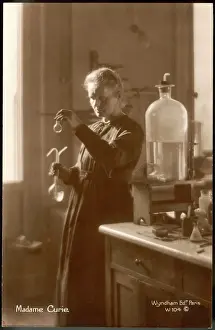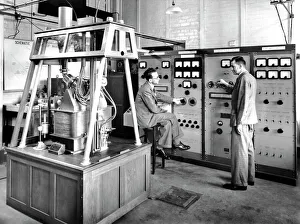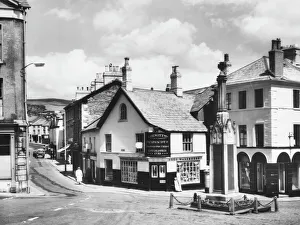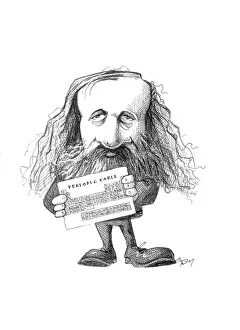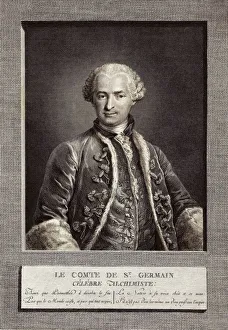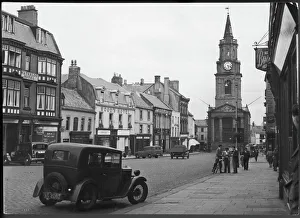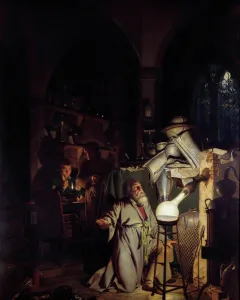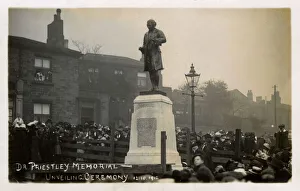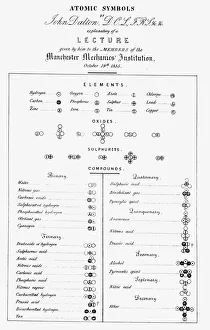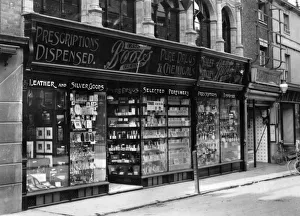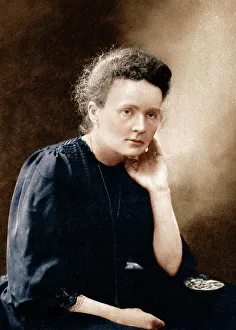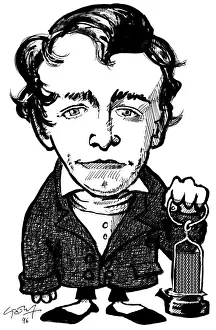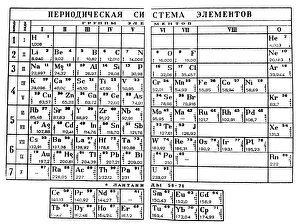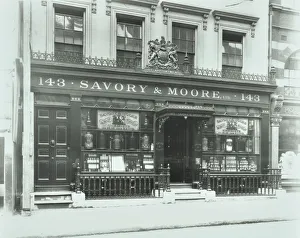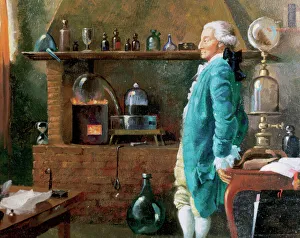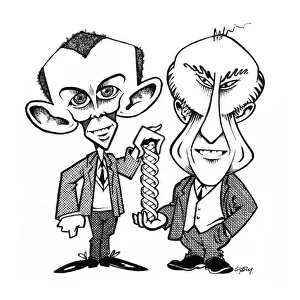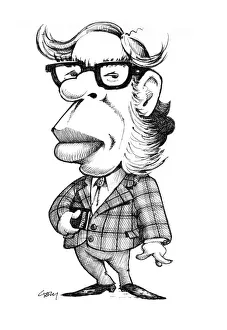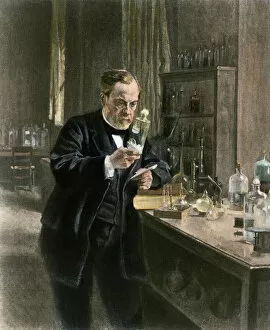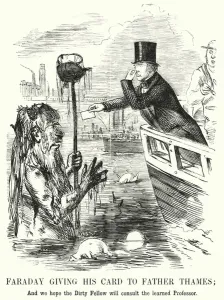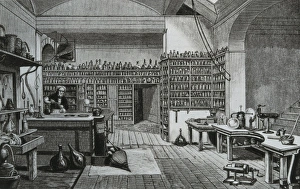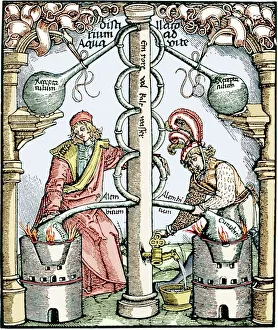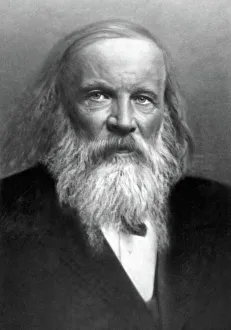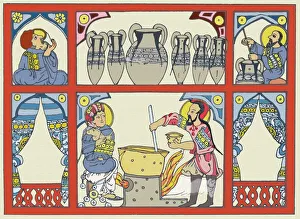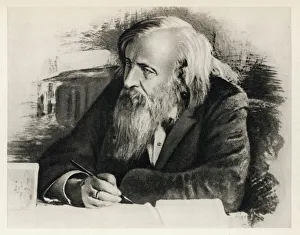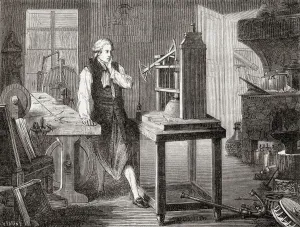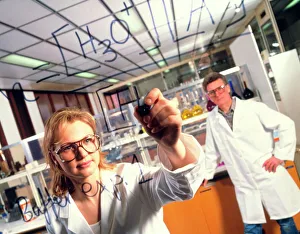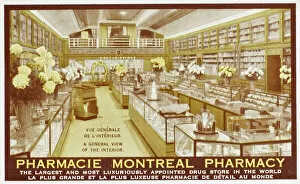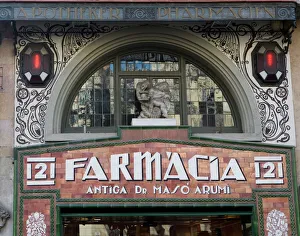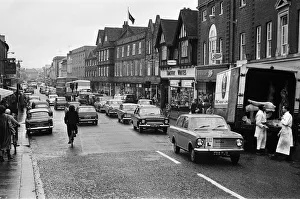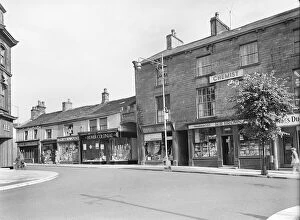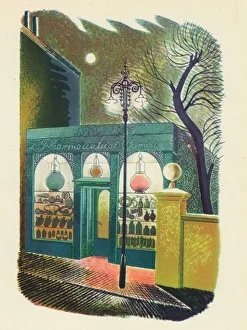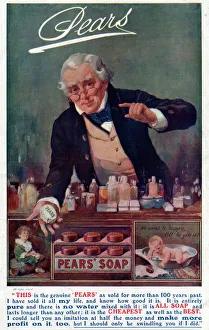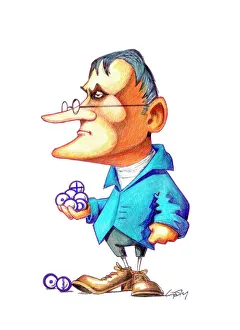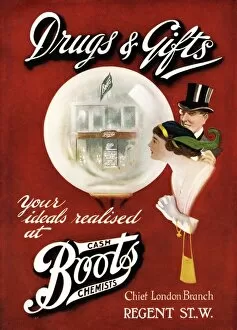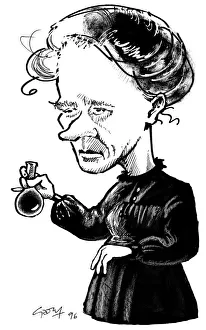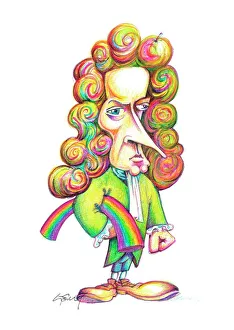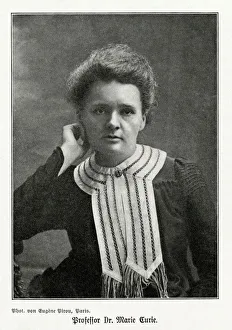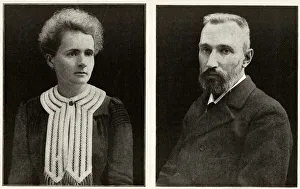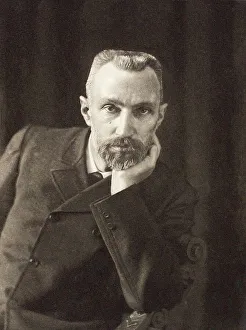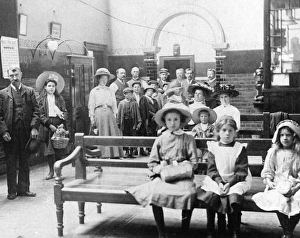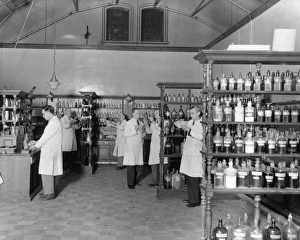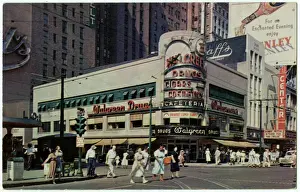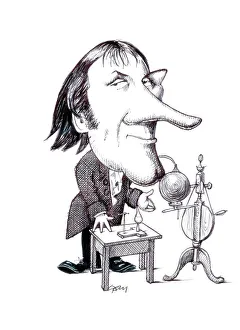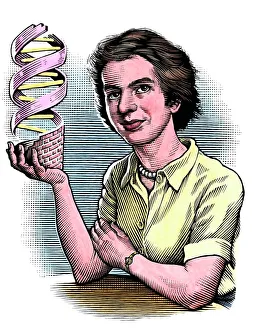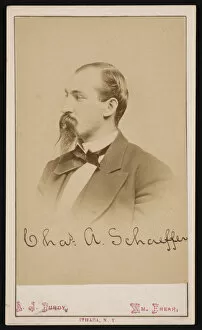Chemist Collection
"Exploring the World of Chemistry: From England to Ulverston" Step into the fascinating world of chemistry
All Professionally Made to Order for Quick Shipping
"Exploring the World of Chemistry: From England to Ulverston" Step into the fascinating world of chemistry, where groundbreaking discoveries and remarkable individuals have shaped our understanding of the elements. In England's picturesque town of Ulverston, a birthplace to many scientific pioneers, chemists have left an indelible mark on history. One such luminary was Marie Curie (1867-1934), a Polish scientist who revolutionized our understanding of radioactivity. Her tireless work earned her two Nobel Prizes and cemented her as one of the most influential figures in scientific research. Dmitri Mendeleev, renowned for his creation of the periodic table, is often depicted in caricatures that capture his genius. One can almost imagine him pondering over atomic symbols while strolling down Berwick High Street. In a whimsical Punch cartoon engraving titled "Faraday Giving His Card to Father Thames, " we witness Michael Faraday - another brilliant chemist - humorously introducing himself to London's iconic river. This lighthearted portrayal reflects both Faraday's wit and his significant contributions to electromagnetism. Venturing further back in time, we encounter Count of St Germain, a mysterious French alchemist whose experiments captivated Europe during the 18th century. His quest for immortality remains shrouded in intrigue and fascination even today. The progress made by chemists throughout history has been aided by technological advancements like the mass spectrometer introduced in 1954. This instrument allowed scientists to analyze substances with unprecedented precision, unlocking new realms within chemistry. Boots The Chemist stands as a testament to how pharmacies have played an integral role in providing access to essential chemicals and medicines throughout generations. Savory & Moores Pharmacy on New Bond Street exemplifies this tradition dating back to 1912 when it served as a hub for pharmaceutical expertise.

